Disclaimer: This post contains affiliate links, and I may earn a small
commission when you click on them at no additional cost to you. You can
read more about my being an Amazon affiliate and other legal
stuff here.
Every summer, the kids and I do a little thing we call The Educational Summer
Vacation, where we pick a country every week and learn about it. As much of a
planner as I am, I completely spaced this until the day before we were
supposed to start studying Portugal, so it was a mad dash to put something
together. Thank goodness for ChatGPT, which planned a good portion of this for
me.
Monday
So I wasn't super-prepared, but the kids know the drill after doing this
for 11 years and when I threw their passport booklets at them they knew what to
do.
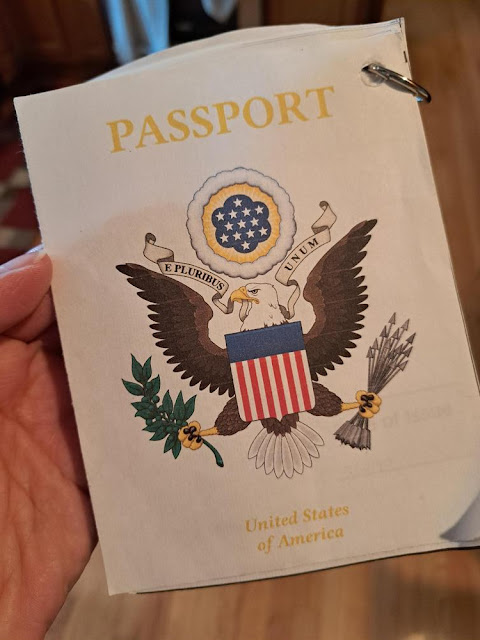 |
| Free printable of the inside pages are here. |
They found Portugal on the map, on the Iberian Peninsula right next to
Spain, and wrote down whatever physical features they could learn from the
giant wall map in the dining room.
Then they looked up the flag of Portugal, which has a pretty intricate crest
with a ribbon thing strung across the back of it that made my daughter
grumble a lot while drawing it. But we got it done, and then the 7-year-old
colored it in.
We learned a little bit of Portuguese with this video
(turn down your volume or the beginning will rupture your
eardrum) and
one of my older kids learned for the first time that Portuguese doesn't
come from Brazil,
which should have been apparent from the name but I guess you never can
assume.
I read a few things about the sites in Portugal and kept hearing about
bridges, so I decided to tell the kids a little about some of the most
famous ones:
- Vasco da Gama Bridge. At 10 miles long, it's the longest bridge in Europe. Look up some pictures; it just stretches on forever.
- Dom Luis Bridge. This one was designed by Gustave Eiffel, who designed the Eiffel Tower, and it's kind of funny how similar they look somehow.
- April 25th Bridge. Famous for looking like the Golden Gate Bridge in San Francisco, but another fun fact is that it was originally named the Salazar bridge after a Portuguese dictator who sounds like he went to Slytherin, but it was renamed after a revolution on April 25, 1974.
We finished off the day by watching this drone video of Portugal,
featuring the three bridges I just described to the kids:
My 11-year-old's first grade teacher was from Portugal, and after watching
this video my kids were going, "WHY DID SHE LEAVE???" It does look
amazing.
Tuesday
If you visit Portugal, you'll see a lot of walls in the city decorated with blue-and-white tiles, called azulejos. They've very iconic. We watched this video on azulejos and how they're made, and then decided to design our own.
Using a 3"x3" square paper, each of the kids penciled a design. We then used a widow or a lightpad like this one to trace and rotate it 4 times, ending up with a symmetrical "tile" that measured 6"" by 6".
 |
| The artists' process. |
Here are the finished results, next to the smaller square that they traced to make it:
 |
| The 17-year-old. |
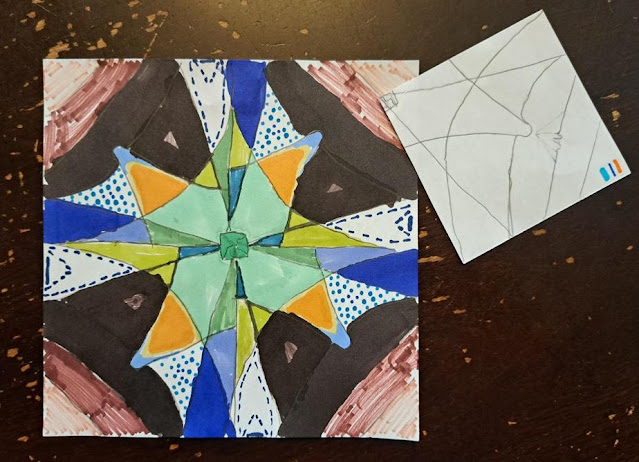 |
| The 7-year-old. |
 |
| The 11-year-old. |
 |
| The 15-year-old. |
Then we played this family board game called Azul. Weirdly enough, we already own this game! We've had it for a few years, but we had no idea until this week what it was based on. All we knew was that it was a fun strategy game, and that it was also pretty to look at.
Wednesdsay
Portugal is the world's top cork producer. A lot of that goes into wine corks, and Portugal is known for its wine, but with screw top bottles getting so popular there is a proliferation of cork products wherever you go in Portugal: backpacks, shoes, purses, and so on.
My kids all knew what cork was: they each have a corkboard to hang up their important papers in their rooms. But did they know where it came from? They suggested that it came from:
- the sea
- a plant
- the ground
I guess "plant" was the closest answer, because it actually is the bark of a tree. We watched this video on cork harvesting to prove that I wasn't just making stuff up (the 7-year-old wouldn't believe me.)
For an activity, we could have made some coasters out of cork, but we don't really use them in our house and I don't like clutter, so we instead opted to get this small cork globe and mark all of the countries we've learned about in The Educational Summer Vacation since we started in 2012:
 |
| Smaller than you probably think it is, but all the pins came with it so that was a plus. |
I debated getting this flat cork map which was cheaper, but in the end I decided I liked the globe better.
Thursday
Two famous explorers from late 15th century (early 16th century) Portugal are Vasco da Gama and Ferdinand Magellan. You've probably heard their names even if you didn't know exactly what they did.
This is where ChatGPT really helped me out. I asked it to help me create a game for my kids to learn about these guys. First, it gave me this long and frankly kind of boring-sounding board game that would've been a lot of work to put together. So I asked it for a more active game, and the suggestions it came up with were not too bad.
I divided the kids into 2 teams, which were creatively named Ferdinand Magellan and Vasco da Gama. I gave them a copy of a world map and had them look up what each explorer did, and draw the route they traveled on the map. Then they competed in four different contests:
Event #1: Vasco da Gama's Voyage
We happened to be dog-sitting for a family friend with a very long driveway, so this was perfect. Vasco da Gama set up a sea trade route from Portugal to India, so the kids raced up the driveway, touched the mailbox (India), and then ran back.
Event #2: Sea Trade Challenge
We did a makeshift egg-and-spoon relay across the yard to symbolize trading items with India, which absolutely ended with someone crying and throwing theirs on the ground (luckily we didn't use actual eggs.) I'm sure Vasco da Gama did the same thing.
Event #3: Magellan's Circumnavigation
Ferdinand Magellan is famous for being the first to circumnavigate the globe, and sailed west to get all the way around the world. So I timed each of the kids while they ran around the perimeter of the yard around the house.
Event #4: Sailing Through the Storm
When Magellan discovered the shortcut through South America now known as the Magellan Strait, it was by accident during a storm. So I asked the kids to draw a long, zig-zag line across the driveway with sidewalk chalk, and the younger ones had fun trying to run on it from beginning to end as quickly as they could.
For dinner, we had a Portuguese soup called caldo verde.
The kids ate it without complaint because we regularly have something very similar, a knock-off recipe of Olive Garden's Zuppa Toscana soup. It just uses a different kind of sausage and adds cream. Even though my 17-year-old initially looked at it and joked, "I'm very excited to try your dishwater-and-spam soup."
Friday
Today, we watched this video to learn about folk dance in Portugal:
About halfway through the video, without any prompting from me, they asked "Are we going to make castanets?" They know me so well.
Following this tutorial, which is totally my kind of tutorial because I actually hate crafts and this one was so simple, we made a set of castanets and then we played the video again while the younger kids danced around and played with them. (In the following hours, they drove me crazy until I hid them in a pile of clean laundry so no one will find them until they decide to fold it.)
For last few days, my older girls had been working on these Portuguese custard tarts called pasteles de nata. They made the crust one day, the filling the next, and then baked them today.
There are actually a ton of egg-yolk pastries and desserts in Portugal, because egg whites were historically used for starching monks' and nuns' habits in Portuguese convents and they needed to invent a use for all the leftover yolks!
The week in Portugal flew by, and the kids learned a lot including the origin of cork and the origin of a game we have and play regularly in our own house. Thanks to ChatGPT for all the help in planning this week, and I look forward to doing it again in another few weeks, when we're (figuratively speaking) off to Costa Rica and then Pakistan!



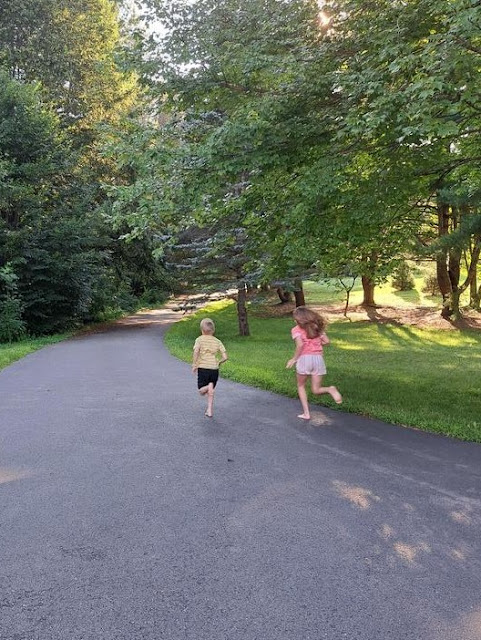


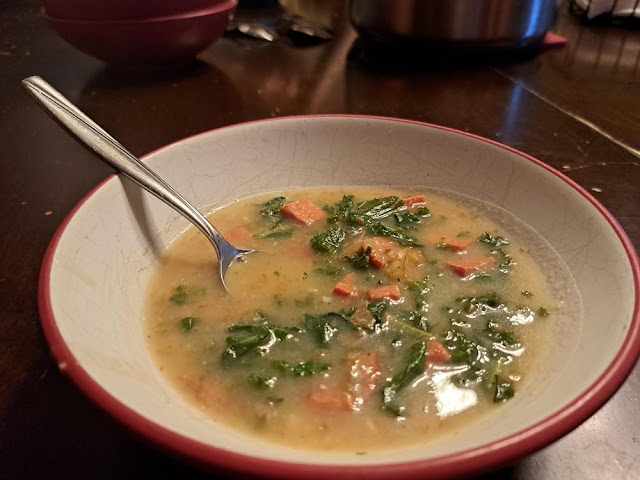

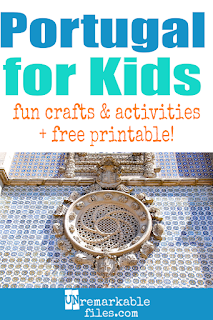
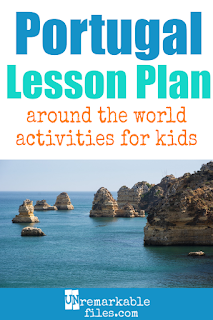

No comments:
Post a Comment